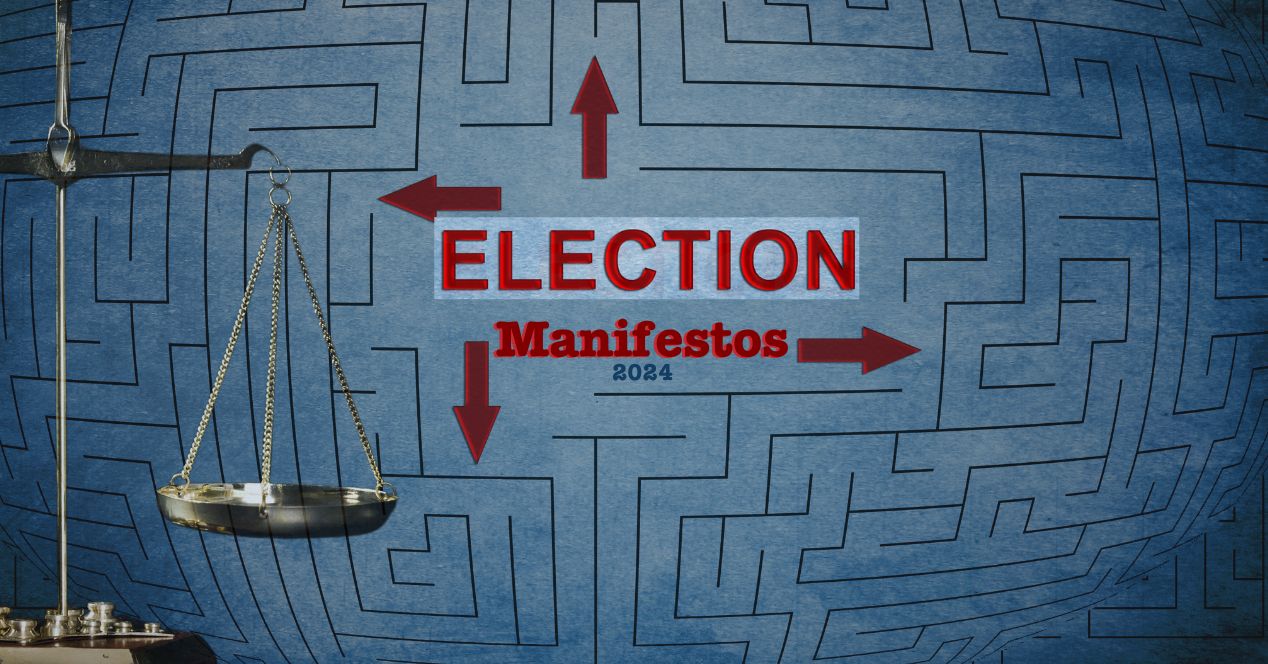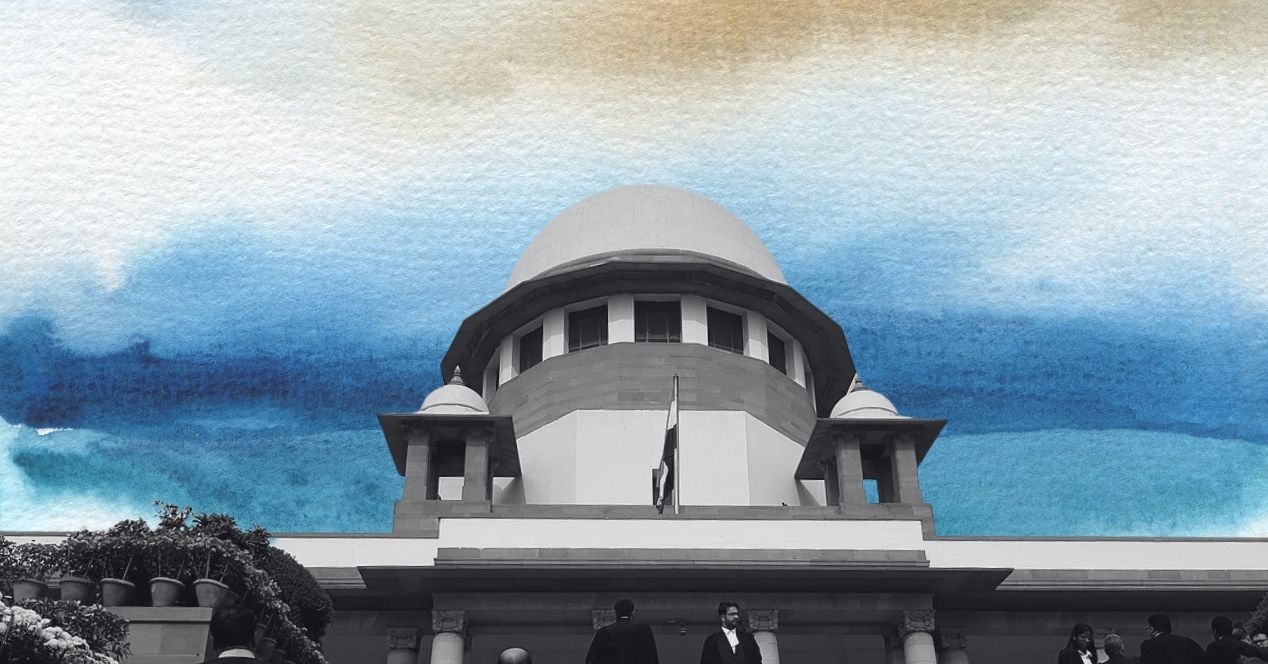Court Data
High Court vacancies remain unaddressed; only three out of 25 functioning at full strength
While over 60 lakh cases remain pending at High Courts, 30 percent of the seats remain vacant

While the Supreme Court continues to function with a full quorum through 2024, pending vacancies at the High Courts stagnate.
According to the recent report published by the Department of Justice on 1 April 2024, High Courts around the country have 327 vacancies against their collective sanctioned strength of 1114 judges. These vacancies include 161 permanent posts and 166 temporary posts for additional judges. Additional judges of a High Court are appointed by the President, for a temporary period, not exceeding two years.
Vacancies at the High Courts have remained the same in recent years with 324 vacancies in 2023 and 330 in 2022.
According to data published by the National Judicial Data Grid (NJDG)—that compiles data from various judicial bodies of the country—over 60 lakh cases remain pending across the High Courts. Close to 50 percent of these cases are pending for more than five years at the High Courts.
Procedure to appoint judges to High Courts
Judges of High Courts are appointed by the President. According to the Memorandum of Procedure, the Chief Justice of the High Court initiates the procedure for the appointment of High Court judges. He or she recommends a list of names to the Union Government, who in turn seeks the advice of the Supreme Court collegium on it. Once the Collegium makes its recommendations, the Union notifies the appointments.
The Memorandum of Procedure for appointment of Judges continues to be a contested field, as the Courts and government are locked in an effort to finalise a uniform procedure for appointment of judges.
12 out of 25 High Courts have more than 10 vacancies
The Allahabad High Court with a sanctioned strength of 160 seats, has 69 vacancies—the highest of any High Court. This includes 37 vacancies of permanent judge vacancies and 32 of additional judges.
The High Court of Punjab and Haryana has 30 vacancies out of its sanctioned strength of 85 seats. The Bombay High Court has 26 and Gujarat and Calcutta High Courts have 23 vacancies respectively.
Patna High Court has 19 vacancies, while Delhi and Rajasthan High Courts follow with 18 vacancies each.
Other High Court’s with over ten vacancies include the High Courts of Karnataka, Orissa, Telangana and Madhya Pradesh.
Uttarakhand with a total strength of 11 judges, has four vacancies.
The High Courts of Jammu & Kashmir and Ladakh and Manipur have one seat for an additional judge lying vacant. The High Courts of Tripura, Sikkim and Meghalaya have zero vacancies.
The table below lists all the vacancies at different High Courts in the descending order of their sanctioned strength.




